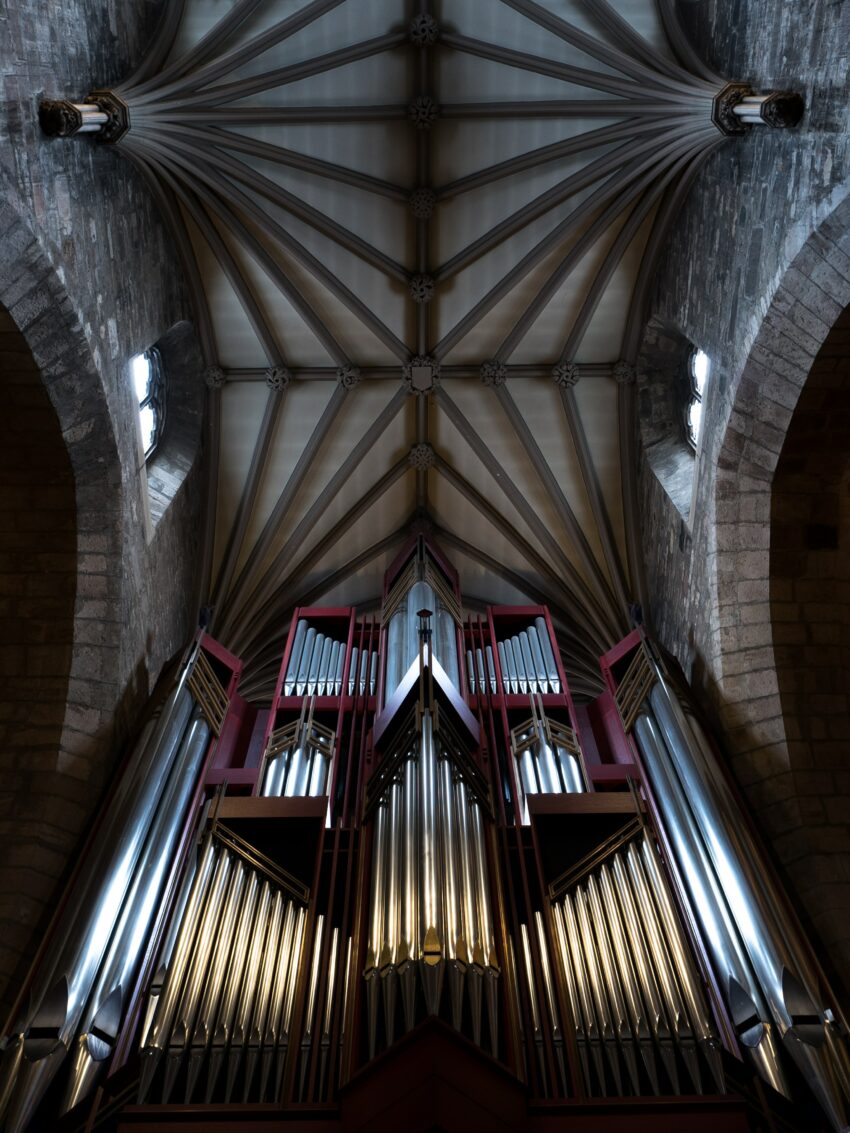The pipe organ is one of the most fascinating and complex instruments in the world. It is also one of the most versatile, capable of producing the widest range of sounds of any instrument. In fact, the pipe organ is so spectacular, it is commonly referred to as the king of instruments. Pipe organs are found in a variety of settings, including churches, cathedrals, and concert halls. Despite their common presence in these locations, many people are mystified by the workings of the organ. Read on for a crash course in Pipe Organ 101: an Intro to the Instrument.

Pipe Organ 101: A Very Brief History
The earliest known pipe organ was built in the 3rd century BCE, and it is thought to have been used in ancient Greek theater. Pipe organs have been used in churches since the 6th century CE, and they are often used in religious ceremonies and services. Pipe organs come in a variety of sizes, from small organs that can be played by one person to large organs that require a team of people to operate. Even in the modern day, each piece of the organ is crafted by skilled artisans, and assembled (usually on-site) by technicians.
Pipe Organ 101: The Parts
A pipe organ works by blowing air through a set of pipes. When the air flows through the pipes, the pipes vibrate and create a sound. The pipes are made of wood or metal, and they come in a variety of sizes and shapes. The combination of material, size, and shape determine what sound the pipe makes.
Pipes of different sizes and shapes are arranged in ranks. Each rank produces a different sound, and the different ranks can be combined to create a wide range of sounds. Some of the most common ranks are the flue pipes, which produce a sound that is similar to that of a flute; the reed pipes, which produce a sound that is similar to that of a clarinet; and the string pipes, which produce a sound that is similar to that of a violin.
Beyond the Pipes
In addition to the pipes themselves, organs consist of a variety of different parts. These include manuals, stops, pedals, and bellows. Each of these parts plays a role in the function of the pipe organ.
Manuals are the keyboards on a pipe organ. There are typically two or three manuals, each covering a unique range of notes. The pedalboard is used to play the bass notes.
Pull Out All the Stops
Stops are the levers that control the flow of air to the pipes. They usually look like buttons labeled with exciting terms like “grosskoppel” and “chamade”. By pulling or pushing the stops, the organist selects different pipes to receive the air and changes the sound of the pipe organ.

The stops, which control what kind of pipes make sound, are arranged into divisions. Divisions are the different large sections of the pipe organ, like the choir division, great division, and solo division. The divisions of the pipe organ can be controlled independently, and combined in different ways, which allows the organist to create an even wider range of sounds.
Fun Fact: when an organist pulls out all the stops, the organ creates its loudest possible sound. This is where the common expression “pull out all the stops” comes from!
More than Meets the Eye
The bellows are the lungs of the organ. They are the source of the very large volume of air that travels out through the pipes to create sound. Originally, humans powered the organ bellows by pumping them with their feet. This was a very labor-intensive process, and it was not until the 18th century that the organ bellows were powered by a steam engine. In the modern day, electricity powers these vast machines.
Congratulations, You Passed Pipe Organ 101!
The pipe organ is a beautiful and awe-inspiring instrument that can create a wide range of emotions, from the grandeur of a Bach fugue to the intimacy of a whisper – and now you know how it happens! Organists affect this by carefully selecting and combining stops, ranks, and divisions to create the desired sound. The instrument is played using manuals, pedals, and stops, and works because of the hidden bellows.
For some great sound examples, check out some of the most famous pieces of organ music: Bach’s Toccata and Fugue in D Minor and the toccata from Widor’s Symphony No. 5.
